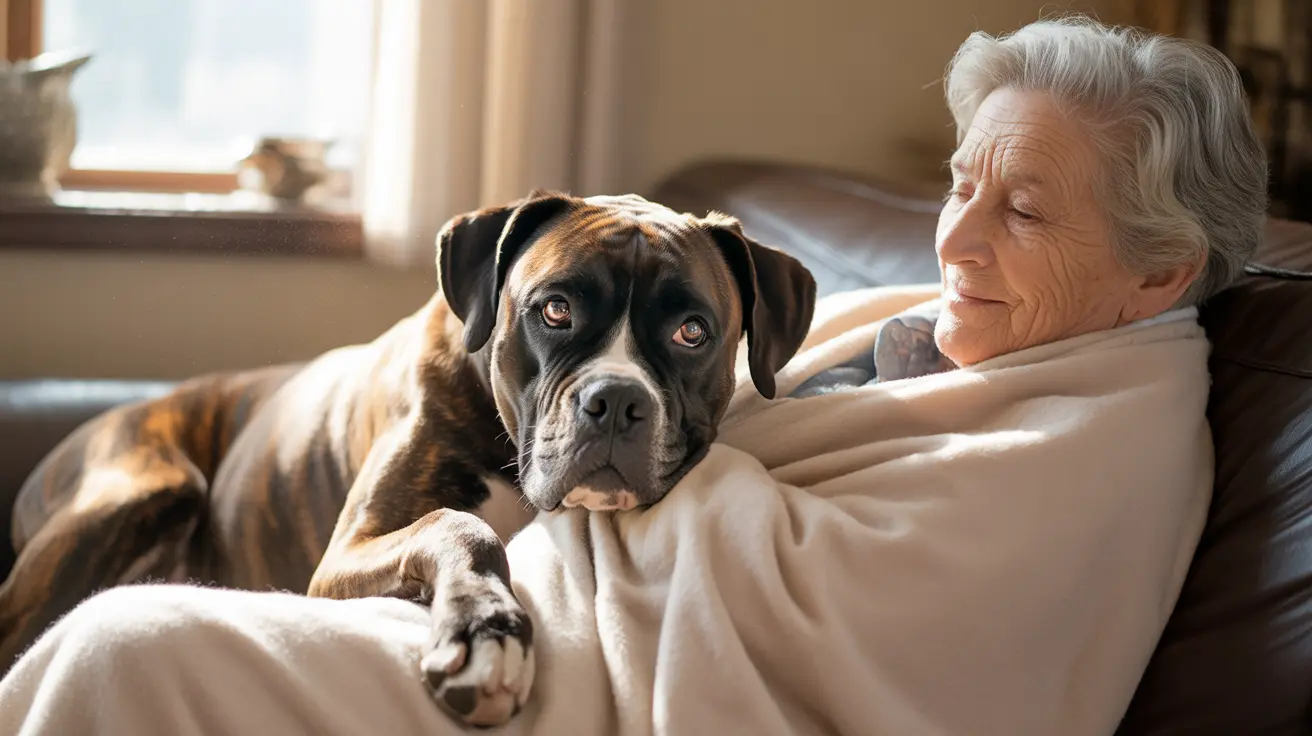Understanding the 7 Second Rule for Dogs
As temperatures rise in the summer, dog owners face a critical challenge: protecting their pets from hot surfaces. One simple yet effective guideline often recommended by experts is the 7 second rule. But what exactly is it, and why is it so important?
What Is the 7 Second Rule?
The 7 second rule is a practical test to determine whether the pavement is too hot for your dog’s paw pads. To apply the rule:
- Place the back of your hand on the pavement or asphalt surface.
- Hold your hand there for at least 7 seconds.
- If it’s too hot or uncomfortable for you, it's unsafe for your dog to walk on.
This guideline is a quick assessment method to prevent burns and injuries to your dog's sensitive paws.
Why Dogs Are Vulnerable to Hot Surfaces
Dogs regulate body temperature through their paw pads and respiratory system. Unlike humans, they don't sweat through their skin. Their paws are not immune to burns and can suffer severe damage from hot surfaces. Factors that increase risk include:
- High outdoor temperatures, especially above 85°F (29°C)
- Dark surfaces like asphalt that retain and intensify heat
- Extended walks in direct sunlight
Signs of Burned Paw Pads in Dogs
It's crucial to recognize when your dog's paws might be affected. Watch for:
- Limiting or refusing to walk
- Limping or favoring one paw
- Red or inflamed paw pads
- Blisters or visible burns
- Licking or chewing their feet excessively
Tips to Protect Your Dog’s Paws
Follow these precautions to help your dog stay safe during hot weather:
- Walk during cooler parts of the day: Early morning or late evening walks are best.
- Use protective gear: Consider dog boots or paw wax for insulation.
- Stick to grassy or shaded trails: Avoid asphalt and concrete.
- Test surfaces before walks: Always perform the 7 second test.
- Keep walks short in heat: Reduce walking time on hot days.
Alternatives for Exercise
If it's too hot to walk outside, you can still provide exercise and stimulation for your pup:
- Indoor play with toys or training games
- Short trips to air-conditioned pet stores
- Water activities, like a shallow kiddie pool
When to Seek Veterinary Help
If your dog shows signs of paw burns or heat distress, seek veterinary care immediately. Symptoms of heatstroke may include:
- Excessive panting
- Drooling
- Lethargy or collapse
- Vomiting or diarrhea
Paw pad burns, if untreated, can become infected or result in long-term discomfort.
Final Thoughts
Dogs rely on us for their safety and comfort. The 7 second rule is a simple yet powerful tool every dog owner should use before taking their furry friend outside in warm weather. Preventing injury is far easier—and kinder—than treating it later. A few thoughtful precautions can ensure your dog stays happy, healthy, and burn-free all summer long.





